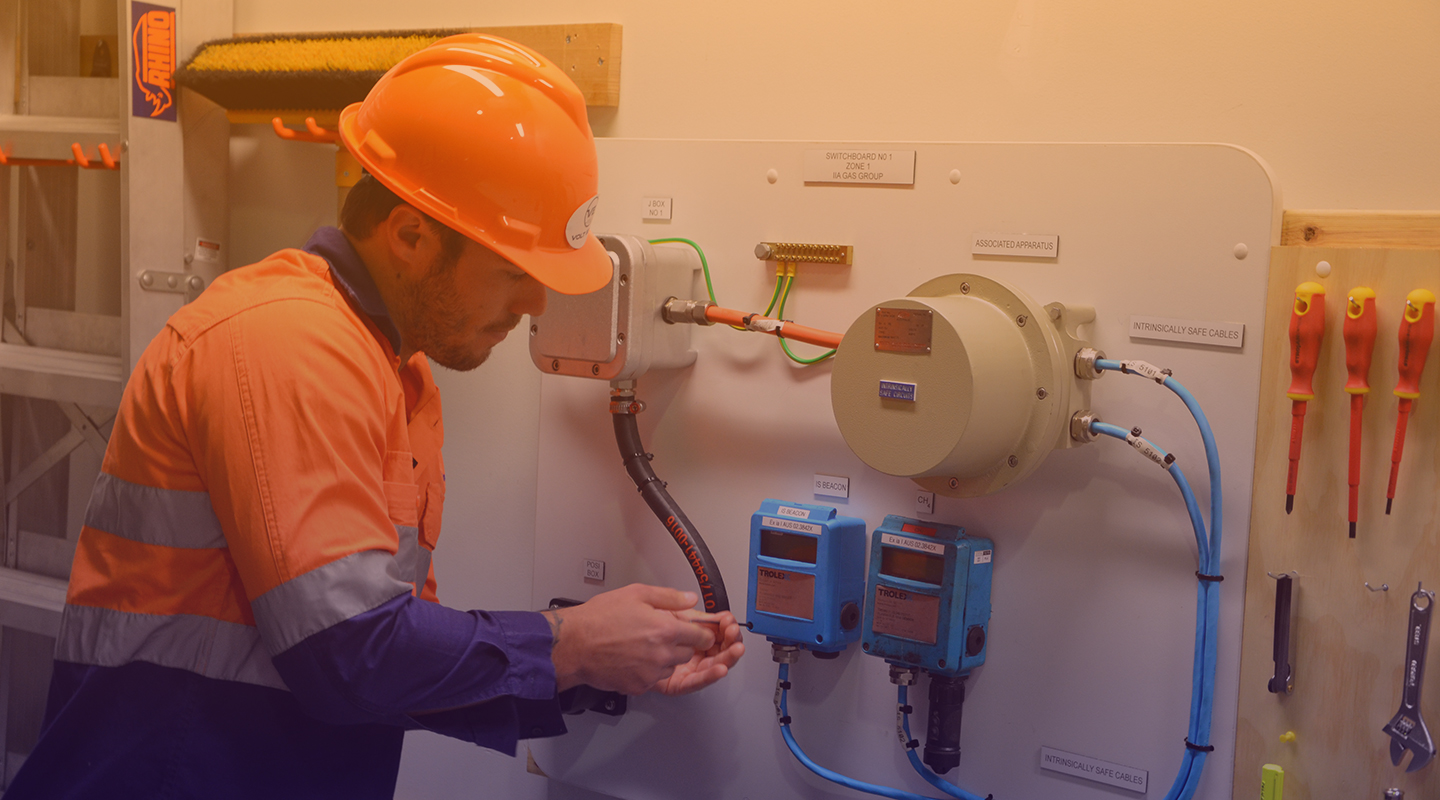Our Roar Solutions Statements
Our Roar Solutions Statements
Blog Article
The Ultimate Guide To Roar Solutions
Table of ContentsGetting The Roar Solutions To WorkThe Of Roar SolutionsThe 2-Minute Rule for Roar Solutions
In such an environment a fire or surge is possible when 3 basic problems are met. This is typically referred to as the "unsafe location" or "combustion" triangle. In order to shield setups from a potential explosion an approach of analysing and identifying a potentially hazardous location is called for. The function of this is to make certain the proper selection and installation of equipment to eventually stop an explosion and to ensure safety and security of life.
(https://www.brownbook.net/business/53579326/roar-solutions/)
No equipment must be mounted where the surface temperature level of the tools is above the ignition temperature level of the given hazard. Below are some usual dust hazardous and their minimal ignition temperature level. Coal Dirt 380C 225C Polythene 420C (melts) Methyl Cellulose 420C 320C Starch 460C 435C Flour 490C 340C Sugar 490C 460C Grain Dirt 510C 300C Phenolic Resin 530C > 450C Aluminium 590C > 450C PVC 700C > 450C Residue 810C 570C The possibility of the threat existing in a focus high adequate to create an ignition will vary from location to location.
In order to categorize this threat a setup is separated right into areas of threat relying on the quantity of time the dangerous exists. These areas are referred to as Areas. For gases and vapours and dusts and fibers there are three zones. Zone 0 Area 20 An unsafe environment is extremely most likely to be present and may exist for extended periods of time (> 1000 hours each year) and even continuously Zone 1 Zone 21 A hazardous atmosphere is possible yet not likely to be present for extended periods of time (> 10 450 C [842 F] A classification of T6 implies the minimal ignition temperature is > 85 C [185 F] Unsafe location electric tools maybe created for use in higher ambient temperatures. This would indicated on the score plate e.g. EExe II C T3 Ta + 60C( This suggests at 60C ambient T3 will certainly not be surpassed) T1 T1, T2, T3, T4, T5, T6 T2 T2, T3, T4, T5, T6 T3 T3, T4, T5, T6 T4 T4, T5, T6 T5 T5, T6 T6 T6 A T Course rating of T1 indicates the optimum surface temperature generated by the instrument at 40 C is 450 C. Assuming the connected T Course and Temperature score for the equipment are ideal for the location, you can constantly use an instrument with a much more rigid Department rating than required for the area. There isn't a clear response to this question however. It really does depend on the sort of tools and what repair services need to be performed. Tools with certain test treatments that can not be performed in the field in order to achieve/maintain 3rd party ranking. Need to come back to the factory if it is before the tools's solution. Area Repair By Authorised Worker: Challenging testing may not be called for nevertheless certain treatments may require to be followed in order for the devices to maintain its 3rd party ranking. Authorized workers need to be used to carry out the job properly Fixing need to be a like for like substitute. New part need to be taken into consideration as a direct replacement calling for no unique screening of the devices after the fixing is total. Each tool with a dangerous ranking should be assessed individually. These are described at a high degree below, however, for even more detailed information, please refer straight to the guidelines.
See This Report about Roar Solutions
The equipment register is a detailed data source of devices records that eeha certificate includes a minimum set of areas to recognize each product's area, technological criteria, Ex lover classification, age, and environmental data. The proportion of Comprehensive to Close examinations will certainly be determined by the Devices Danger, which is assessed based on ignition danger (the probability of a source of ignition versus the probability of a flammable atmosphere )and the unsafe location category
( Zone 0Area 1, or 2). Carrying out a durable Risk-Based Examination( RBI )approach is crucial for guaranteeing compliance and safety in managing Electrical Tools in Hazardous Areas( EEHA).
Things about Roar Solutions

In terms of eruptive danger, a harmful location is an atmosphere in which an eruptive atmosphere is present (or may be expected to be existing) in amounts that need special safety measures for the building, installment and use devices. hazardous area electrical course. In this post we check out the obstacles faced in the office, the threat control measures, and the required proficiencies to function safely
These substances can, in certain conditions, create explosive atmospheres and these can have significant and unfortunate effects. Many of us are acquainted with the fire triangular get rid of any kind of one of the three components and the fire can not take place, yet what does this mean in the context of dangerous areas?
In the majority of circumstances, we can do little about the levels of oxygen airborne, however we can have significant impact on sources of ignition, for instance electric devices. Unsafe areas are documented on the unsafe area classification illustration and are recognized on-site by the triangular "EX" sign. Right here, among various other vital info, zones are split into 3 kinds depending upon the risk, the likelihood and duration that an explosive atmosphere will certainly exist; Area 0 or 20 is deemed one of the most hazardous and Zone 2 or 22 is regarded the least.
Report this page